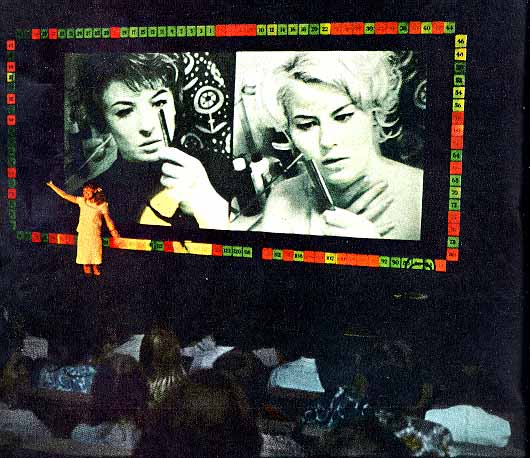 |
| Barcelona Pavilion |
That’s not a typo; I thought it was at first. Expo 2020,
held in Dubai, was postponed one year, like the Olympics, due to COVID.
I feel sorry for Dubai over this. Few I speak to seem aware
of the fair, and I realized it existed only after it opened.
Their overall strategy is to turn Dubai into a tourism destination,
before the oil-related revenue one day runs out. It seems a sensible idea. Dubai
is reasonably well-located for a midwinter getaway for Northern Europe. It has
miles past reckoning of natural beaches. Hosting a World’s Fair should have
introduced the destination to a lot of first-time tourists. Now the expense is
likely to be largely wasted, as travel is a complicated matter in the pandemic.
I suspect the UAE government also sunk more money into this
than is obvious. Apparently the fair has 192 countries participating. The
United Nations has only 193 members. Expo 67, considered the most successful world’s
fair of the 20th century, had only 62 participants. To get everybody,
I presume Dubai must be subsidizing pavilions for at least some nations.
There is a common view that the days of international expositions
have passed. And there is a logic to that. With exponentially improved
communications, is it really still necessary to bring things and people together
in one physical place?
I think that is wrong. The modern Olympics, originally a
sideshow held at World’s Fairs, has endured and prospered, even though it has
little practical value to anyone. I think World’s Fairs, in comparison, still
serve an important purpose. You cannot really experience architecture or some
technology at a distance. Moreover, experimental architecture or engineering
installations probably need to be subsidized to be practical. A World’s Fair
does that: an Olympics of the mind.
World’s Fairs have done other things, no doubt: showcasing
art, or culture, or new consumer products, or the manufactures of a given nation, in promotion of trade.
Yet the great value has always been in introducing new architecture or
engineering installations. The Crystal Palace, the architectural marvel of the
first-ever World’s Fair, in London, 1851, eventually burned down. But not
before inspiring dozens of similar structures all over the world. The Paris
Exposition of 1878 introduced outdoor arc lighting, perhaps cementing Paris’s
image as the “city of light.” Not to mention the Statue of Liberty. The Paris
Exposition of 1889 left the Eiffel Tower as a display of engineering prowess.
Chicago’s 1893 fair gave us the Ferris wheel. Paris, 1900, was the first
installation of the escalator. Milan, 1906, introduced the tram, the
electrified streetcar. Barcelona 1929 showcased the Barcelona pavilion, first cannot
shot of the new modernist style in architecture. Expo 67 was most memorable for
the US pavilion’s geodesic dome, much imitated since; for Moshe Safdie’s
Habitat ’67, a noble if only partly-successful effort at affordable housing;
for the Czech pavilion’s kino-automat, an experiment in interactive media which
looks now like the precursor to current social media.
I think it is unarguable that World’s Fairs have led to
significant human progress; something that can hardly be said of the Olympics.
For a time, they seemed to lose their way; following Expo 67, for some years,
all exhibitors could think to do was show a film using some innovative screen—a
cheap and easy option. Interesting, but not something easily adapted for use
outside exhibitions.
I get a sense Expo 2020 will be more than that. In the end,
it may be the most memorable thing about 2020-2021.













No comments:
Post a Comment